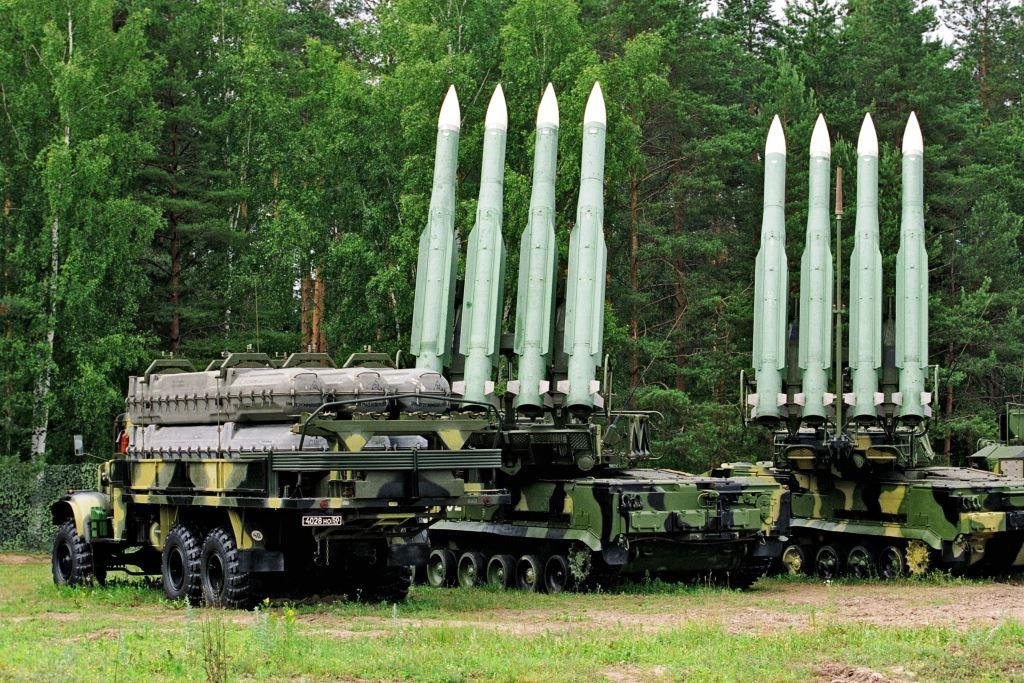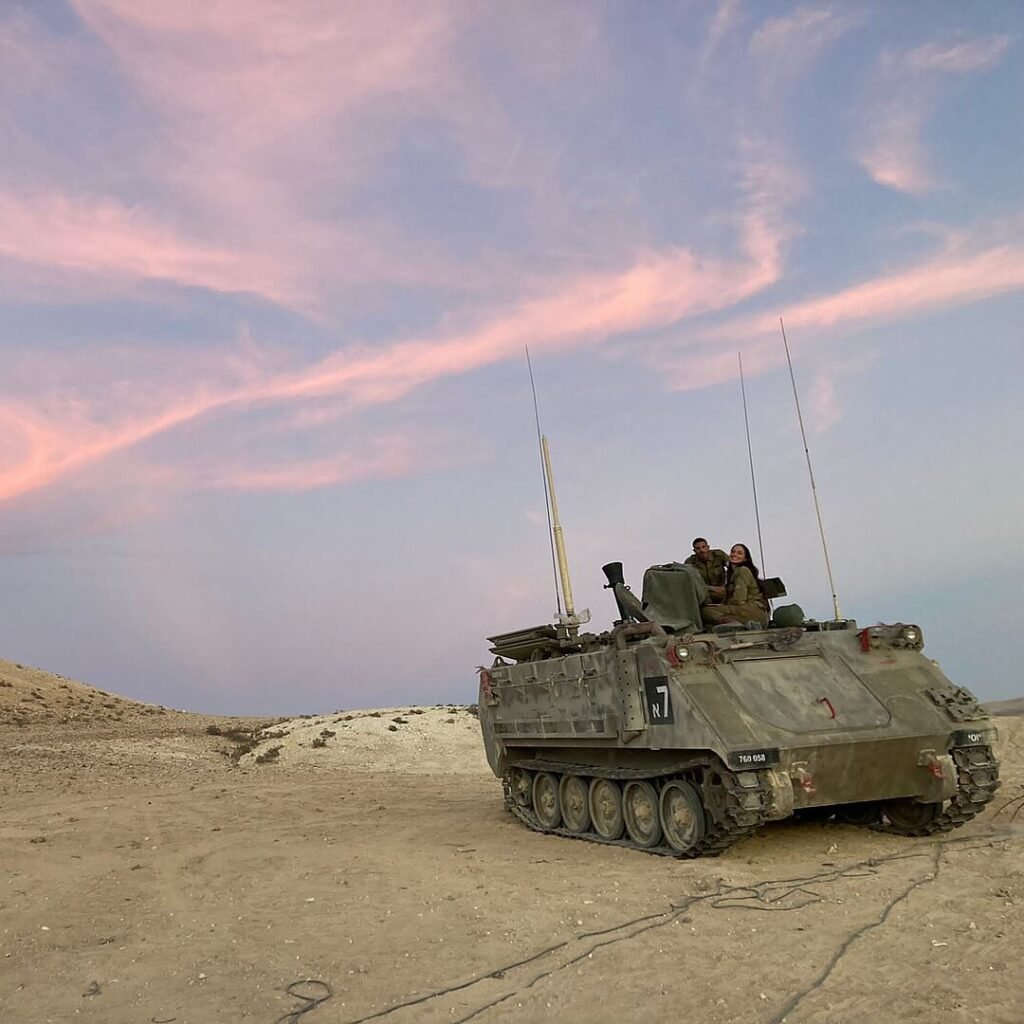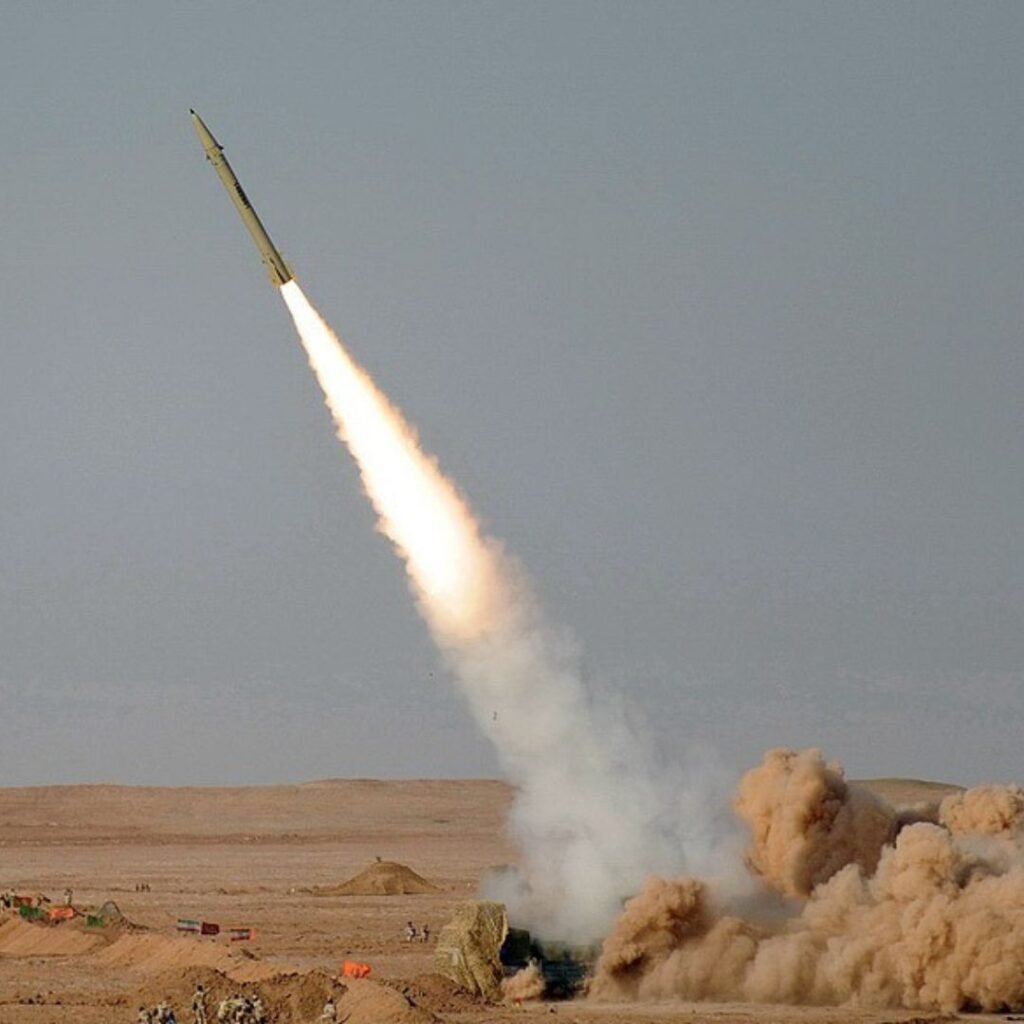What are The Characteristics and Classifications of Missiles?
Missiles are self-guided weapons that are designed to be launched from a ground, sea, or air platform and to deliver a payload to a specific target. The Missile can carry various types of payloads, such as explosives, chemicals, biological agents, or electronics. The missile can be classified based on its guidance systems, propulsion systems, and intended use.
Missiles are the ultimate expression of modern technology in war

What were The Key Factors That Led to The Rapid Advancement of Missile Technology During The 20th Century?
Missile development history can be traced back to ancient China, where rockets were used for military purposes as early as the 9th century. In the 20th century, the development of missiles advanced rapidly due to advancements in technology and the need for long-range weapons during World War II. In the post-war era, missile development continued to advance, and the Cold War between the United States and the Soviet Union spurred a race to develop increasingly powerful and advanced missile technology. This led to the development of intercontinental ballistic missiles (ICBMs) and submarine-launched ballistic missiles (SLBMs), which could deliver nuclear warheads across long distances. Today, missile technology continues to be a critical component of modern military strategy and is used for a variety of purposes, including defense, offense, and reconnaissance.
Type of Missile:
There are various types of missile
- Ballistic missile
- Cruise missile
- Surface-to-air missile
- Air-to-air missile
- Anti-tank missile
- Anti-ship missile
- Anti-radiation missile
- Intercontinental ballistic missile (ICBM)
- Short-range ballistic missile (SRBM)
- Medium-range ballistic missile (MRBM)
25
Jan
Korean Central News Agency announces the development phase of the Pulhwasal-3-31 cruise missile. North Korea has officially acknowledged the testing of its latest-generation cruise missile, indicating a continued expansion of its military capabilities. The Korean Central News Agency (KCNA) reported on Thursday that the Pulhwasal-3-31 missile is currently in...
27
Oct
According to military reports on Sunday, soldiers from the Maglan Special Forces Unit used the Iron Sting precision mortar munition for the first time in combat to target a Hamas rocket-launching facility in the Gaza Strip that had been firing rockets into Israeli territory. The army uses munition to...
25
Oct
I. The Evolution of the Iron Dome Air Defence System Back in the 1990s, Hezbollah, a formidable force based in Lebanon, incited security concerns for the Israel Defense Forces (IDF) by launching rockets into northern Israeli towns. Israel mulled over the concept of establishing its own short-range antimissile system....
17
May
I.Introduction Welcome to our comprehensive guide on the Buk missile system, an advanced air defense system that has garnered global recognition for its remarkable capabilities. we will delve into the intricacies of the Buk system, exploring its components, operational features, and its significant contributions to air defense technology. Join...
17
May
Introduction: The NASAMS (Norwegian Advanced Surface-to-Air Missile System) is an advanced air defense system that has gained global recognition for its exceptional capabilities. Designed and developed by the Norwegian company Kongsberg Defence & Aerospace (KDA), NASAMS has become a vital component in numerous countries’ defense strategies. In this article,...
15
May
Exploring The Design and Development History of The IRIS-T Missile In the ever-evolving landscape of defense systems, the need for robust air defense capabilities has become paramount. The IRIS-T missile emerges as a cutting-edge solution. I. The IRIS-T Missile Origin The IRIS-T (Infra Red Imaging System – Tail/Thrust Vector-Controlled)...
13
May
Precision Strikes and Stealthy Design: Exploring the Capabilities of the Storm Shadow Missile Are you curious about the storm shadow missile and its capabilities? Look no further. This Blog will provide a comprehensive guide on the storm shadow. From its origin and history to its technical specifications, we’ve got...
06
May
1. Introduction The Fateh-110 missile is a short-range ballistic missile (SRBM) developed by Iran’s Aerospace Industries Organization. The missile’s name, Fateh, means “conqueror” in Farsi, while the number 110 refers to the missile’s range of approximately 110 miles. The Fateh-110 is also known by the name of its export...
27
Apr
Design, Testing, Upgrades, and Deployment History Origin The Tomahawk cruise missile (Land Attack Missile) is a long-range, all-weather, subsonic cruise missile used by the United States Navy and Royal Navy. The Tomahawk missile has been used in a number of conflicts, including the Gulf War, the Iraq War, and...
24
Apr
An in-depth look at the Unmatched Range, Power, & Precision of Russia’s Newest ICBM I. Introduction: The RS-28 Sarmat ICBM, also known as the SS-X-30 or Satan 2, is one of the most powerful intercontinental ballistic missiles in the world. It has been developed by Russia to replace the...











